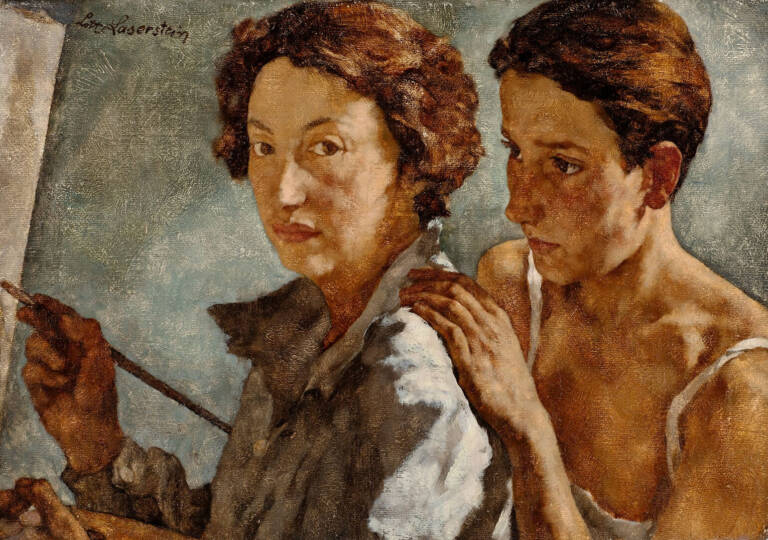The Kunstsammlung Nordrhein-Westfalen in Düsseldorf is presenting Queer Modernism: 1900 to 1950, the first comprehensive European exhibition dedicated to highlighting the significant role of queer artists in shaping Modernism.
Running from September 27th, 2025, to February 15th, 2026, the show explores how LGBTQ+ communities across Europe, the United States, and beyond influenced artistic production during the first half of the twentieth century. The exhibition features over 130 works by 34 international artists, including paintings, sculptures, photographs, films and archival materials. It offers a fresh perspective on the history of modernism, emphasising desire, gender, sexuality and the politics of self-representation.
Queer Modernism: shaping the avant-garde
Queer Modernism: 1900 to 1950 traces an alternative narrative of Modernism, revealing how artists challenged conventional social norms and forged new modes of expression. Early works, such as the prologue’s double portrait of Rosa Bonheur with a bull, exemplify the defiance of traditional gender roles and the ways in which women artists asserted independence through same-sex partnerships and unconventional public identities.
In the section titled Modern Arcadia, artists like Glyn Warren Philpot, Ethel Walker, Lotte Laserstein, and Ludwig von Hofmann reinterpreted classical mythology to convey homoerotic desire, creating layered visual codes that spoke to marginalized identities. Richmond Barthé’s sculptures, produced during the Harlem Renaissance, positioned the Black male body as a site for exploring questions of social emancipation, sexuality, and racial identity—linking queer experience to broader cultural and political movements.
LGBTQ+ communities and sapphic modernism
The exhibition also celebrates the influence of lesbian salons in Paris, presented in the Sapphic Modernism section. Figures such as Romaine Brooks, Marie Laurencin, and Gluck created portraits and nudes of their lovers and companions, negotiating queer visibility in a world often hostile to same-sex desire. Literary and artistic networks led by Natalie Barney and Gertrude Stein served as hubs for experimentation, collaboration, and the cross-pollination of international avant-garde ideas, emphasizing the importance of LGBTQ+ communities in shaping artistic Modernism.
Surreal worlds and androgyny
In Surreal Worlds, works by René Magritte, Max Ernst, Jean Cocteau, Leonor Fini, Gerda Wegener, and Ithell Colquhoun explore the fluidity of gender, androgyny, and intersexuality. By challenging conventional sexual and gender norms, these artists imagined alternative realities, positioning queer identities at the center of cultural discourse. The interplay of the body, technology, and social expectation is a recurring motif, reflecting the tension between societal norms and personal freedom.
Queer avant-gardes, resistance, and abstraction
The exhibition also highlights the Queer Avant-Gardes and Intimate Networks, showing the transnational reach of queer Modernism through artists such as Pavel Tchelitchew, George Platt Lynes, Paul Cadmus, Duncan Grant, and Beauford Delaney. Meanwhile, Queer Resistance since 1933 focuses on anti-fascist and politically defiant practices by Claude Cahun and Marcel Moore, Hannah Höch, Til Brugman, and Jeanne Mammen, documenting how LGBTQ+ communities responded to oppression and authoritarianism.
In Queer Readings of Abstraction, artists including Marlow Moss, Anton Prinner, Jacoba van Heemskerck, and Louise Janin challenged hierarchical gender assumptions embedded in early abstraction, demonstrating that modernist aesthetics could be both nonfigurative and genderqueer. The epilogue of the exhibition shifts to the conservative 1950s, highlighting conceptual resistance in the United States through figures like Sonja Sekula and John Cage, who employed silence and conceptual strategies as political protest.
Queer Modernism: 1900 to 1950 is organized into eight thematic chapters, revealing the hidden networks, intimate connections, and resilience of queer artists in shaping Modernism. By integrating these often-overlooked histories, the exhibition illuminates the ongoing relevance of LGBTQ+ communities to contemporary art discourse, offering visitors a nuanced, inclusive view of the early twentieth century and its cultural legacies.
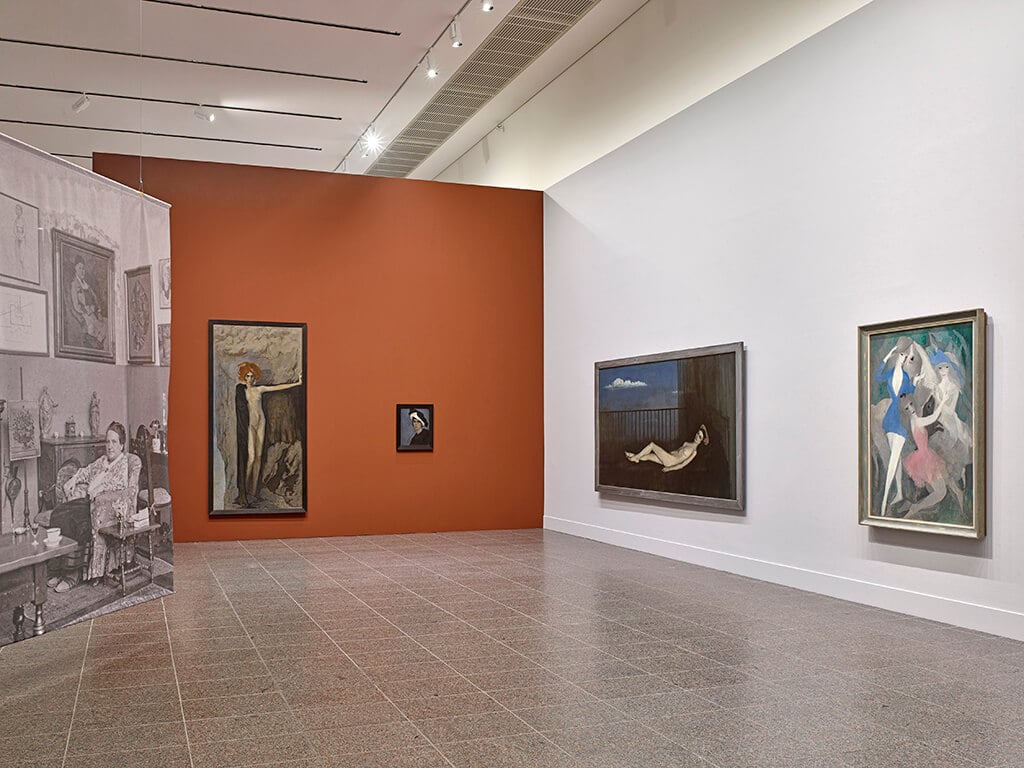
Photography by ACHIM KUKULIES
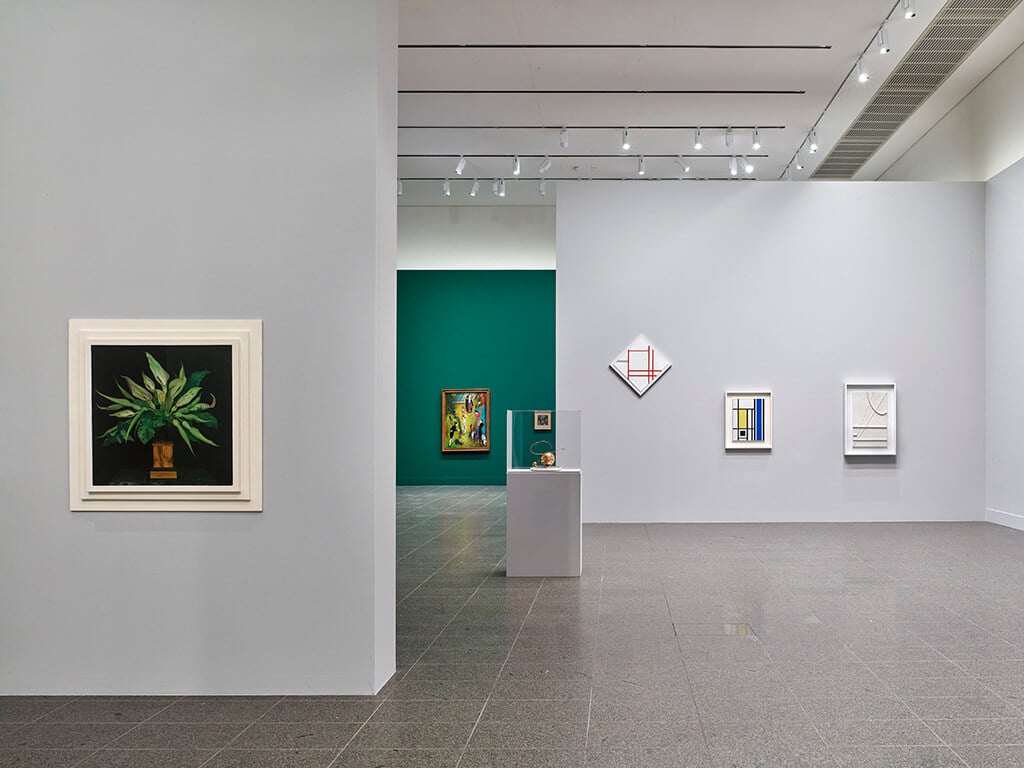
Photography by ACHIM KUKULIES
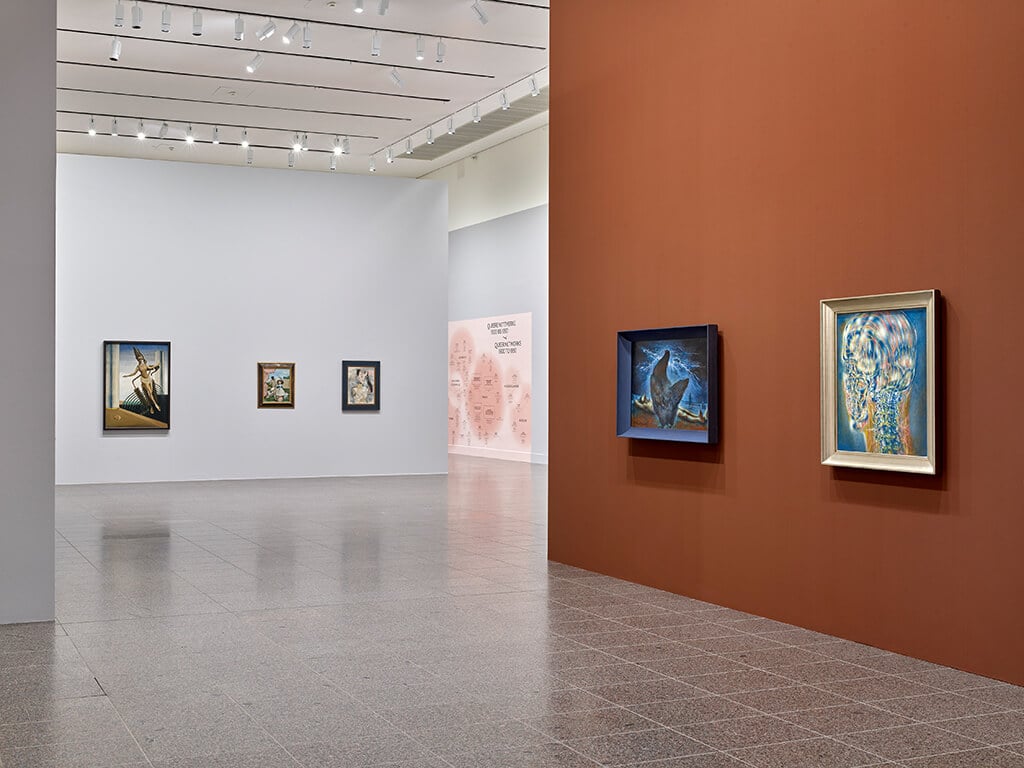
Photography by ACHIM KUKULIES

Photography by ACHIM KUKULIES
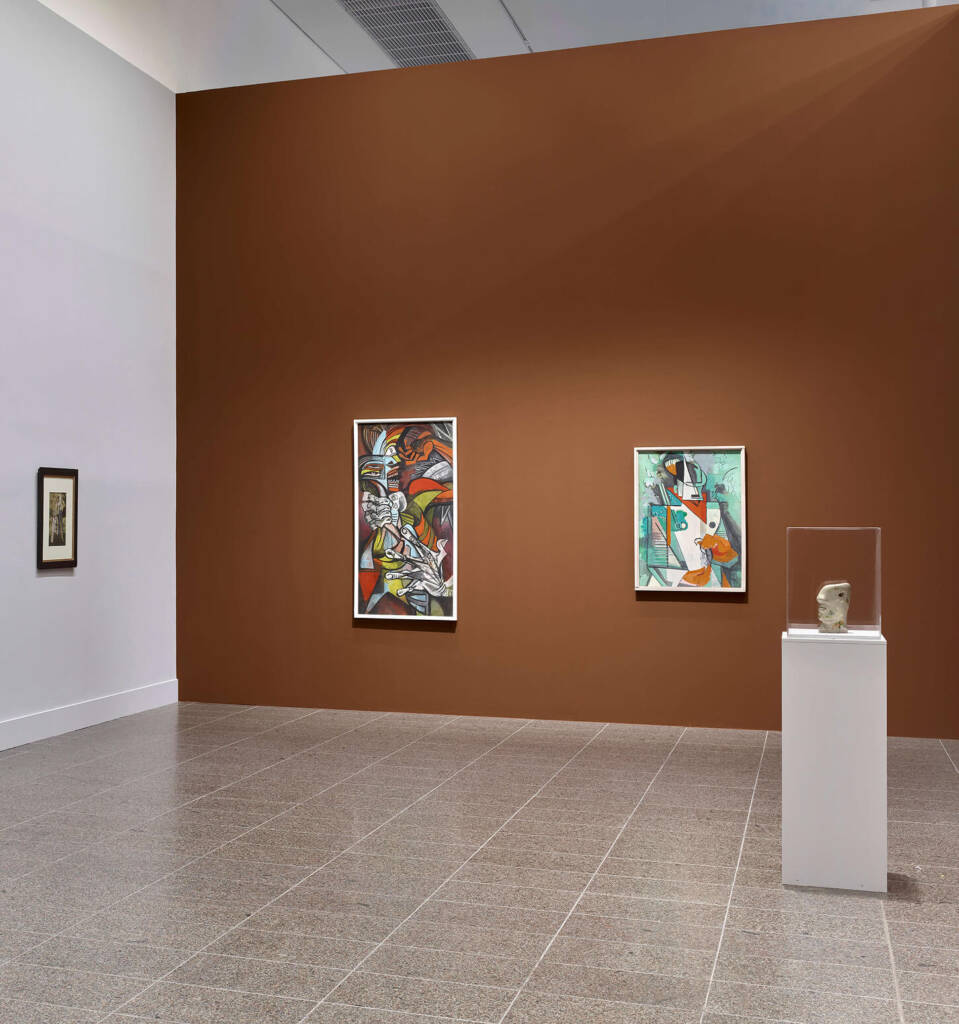
Photography by ACHIM KUKULIES

The Source, 1913, ETH LIBRARY ZURICH, THOMAS MANN ARCHIVE
Photography by STEPHAN BÖSCH
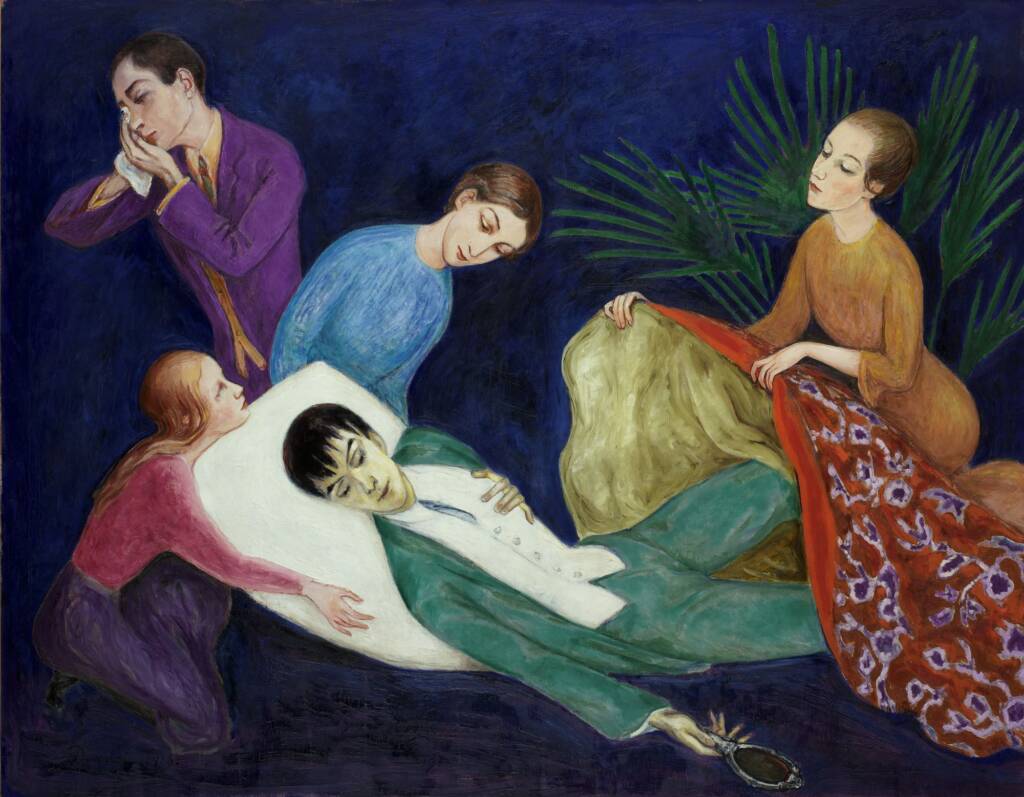
Den döende dandyn (The Dying Dandy), 191, MODERNA MUSEET, Stockholm

Unga kvinnor (Young Women), 1910, gift in 1966 from ROLF DE MARÉ, MODERNA MUSEET, Stockholm
